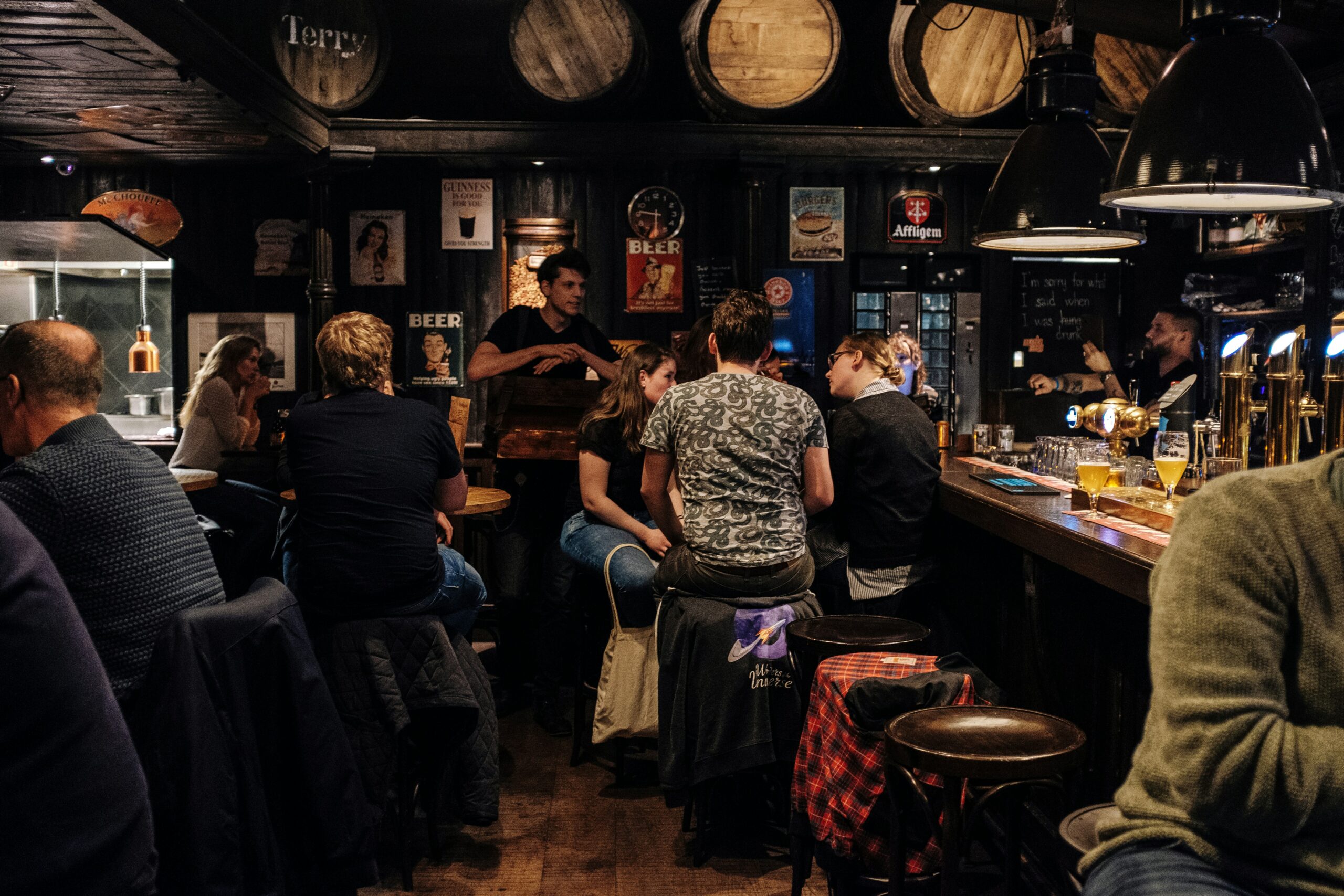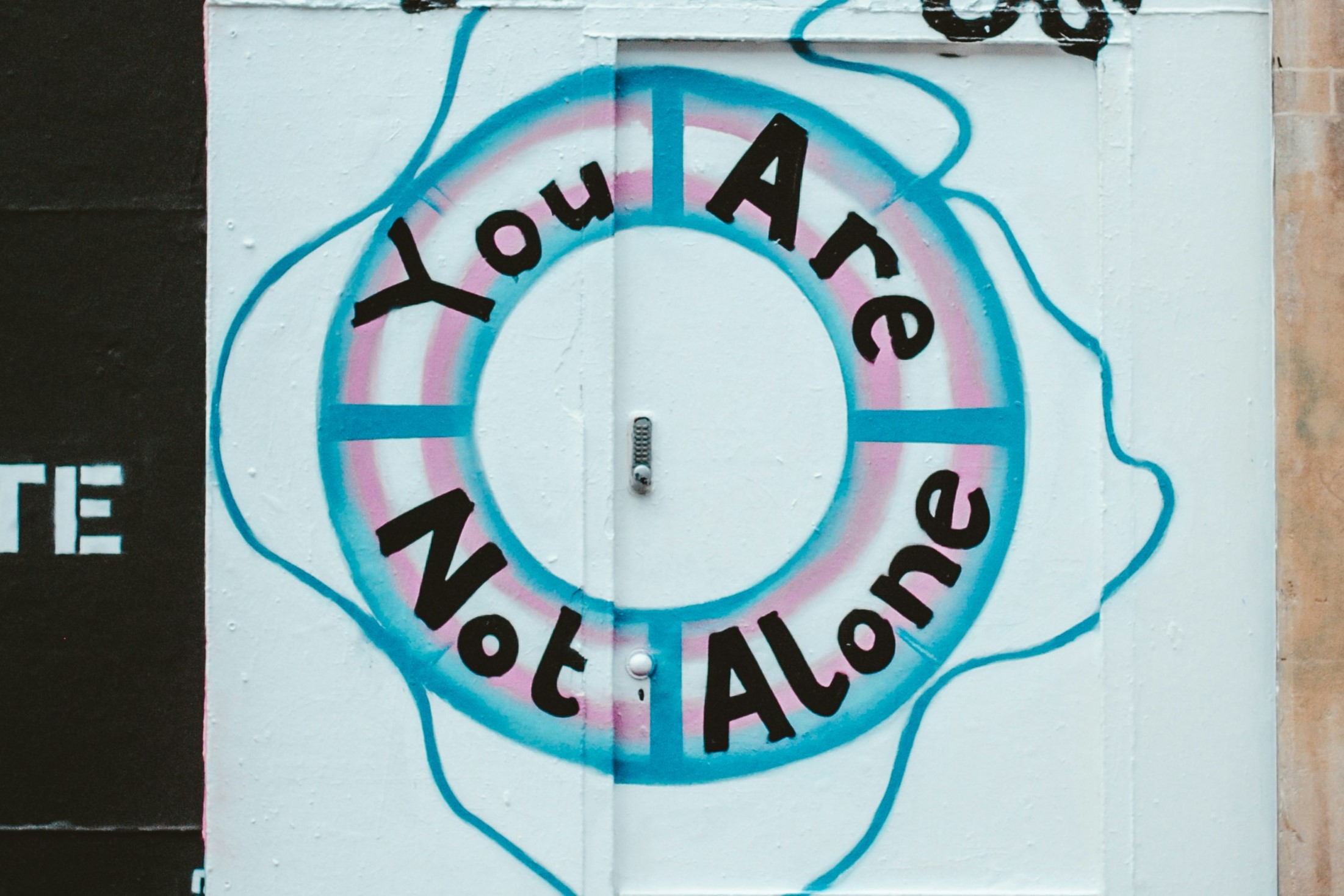In December 2021, the UK government published From harm to hope: A 10-year drugs plan to cut crime and save lives. The strategy pledged to combat substance harms by not only addressing the issue at a criminal justice level, but also by investing in recovery, with £3 billion budgeted for the first three years of the programme. This was based on the Independent Reviews of Drugs led by Dame Carol Black and accepts all of her key recommendations.
But while just 9.5% of people aged 16 to 59 reported using illegal substances in the year to March 2023, including just 3.3% reporting Class A drug use, 48% of those aged 16 and over reported drinking alcohol at least one per week in 2022. People also underestimate their alcohol intake by up to 40% due to a lack of awareness around what constitutes a unit, as well as of the potential risk factors. Despite this, the government have no cohesive strategy to reduce alcohol harms, which directly accounted for 10,048 deaths in 2022 – 32.8% higher than in 2019, following an increase in drinking during Covid-19 lockdowns.
Alcohol has the potential to cause severe harms – it is a direct cause of seven cancers, 35% of dependent drinkers suffer from alcohol-related brain damage, and 65% of suicides have been linked to alcohol consumption, rising to 70% in men. Even those who drink in accordance with the recommended weekly limit have a have a 1% chance of dying of an alcohol-related illness, compared to 0.015% of the general population – a 67-fold increase in mortality rate. While just 8% of women smoked during pregnancy in 2023-24, 41% consumed alcohol, leading to up to 2.4 million cases of foetal alcohol spectrum disorder (FASD), an incurable condition with serious implications for life chances, in the UK.
The negative impacts of alcohol are also unequal. People living with PTSD are four times more likely to develop alcohol usage disorders, and two thirds of people experiencing homelessness cite drug and/or alcohol use as a contributing factor. Also, despite men drinking more than women and people on high incomes drinking more than those on lower incomes, women are more vulnerable to the negative health consequences of alcohol than men, and people living in poverty are more likely to suffer illness and death as a result of alcohol consumption.
Experts in alcohol harm reduction know that measures such as minimum unit pricing and inflation-adjusted alcohol duty lead to a significant reduction in hospital admissions and prevent hundreds of avoidable deaths. Meanwhile, cuts to drug and alcohol services have the opposite effect.
But despite this, pressure from the self-regulating alcohol industry has resulted in an absence of political action to ensure that people are able to make well-informed decisions and that support is available for those affected by alcohol harms.
We are therefore calling on the new government to commit to developing – and properly funding – a national alcohol strategy that will focus on education and support, and that acknowledges the increased vulnerability of marginalised people. Please join us in our efforts by signing our petition, writing to your MP and sharing our #DyingForADrink campaign on social media.






Leave a reply
Your email address will not be published.